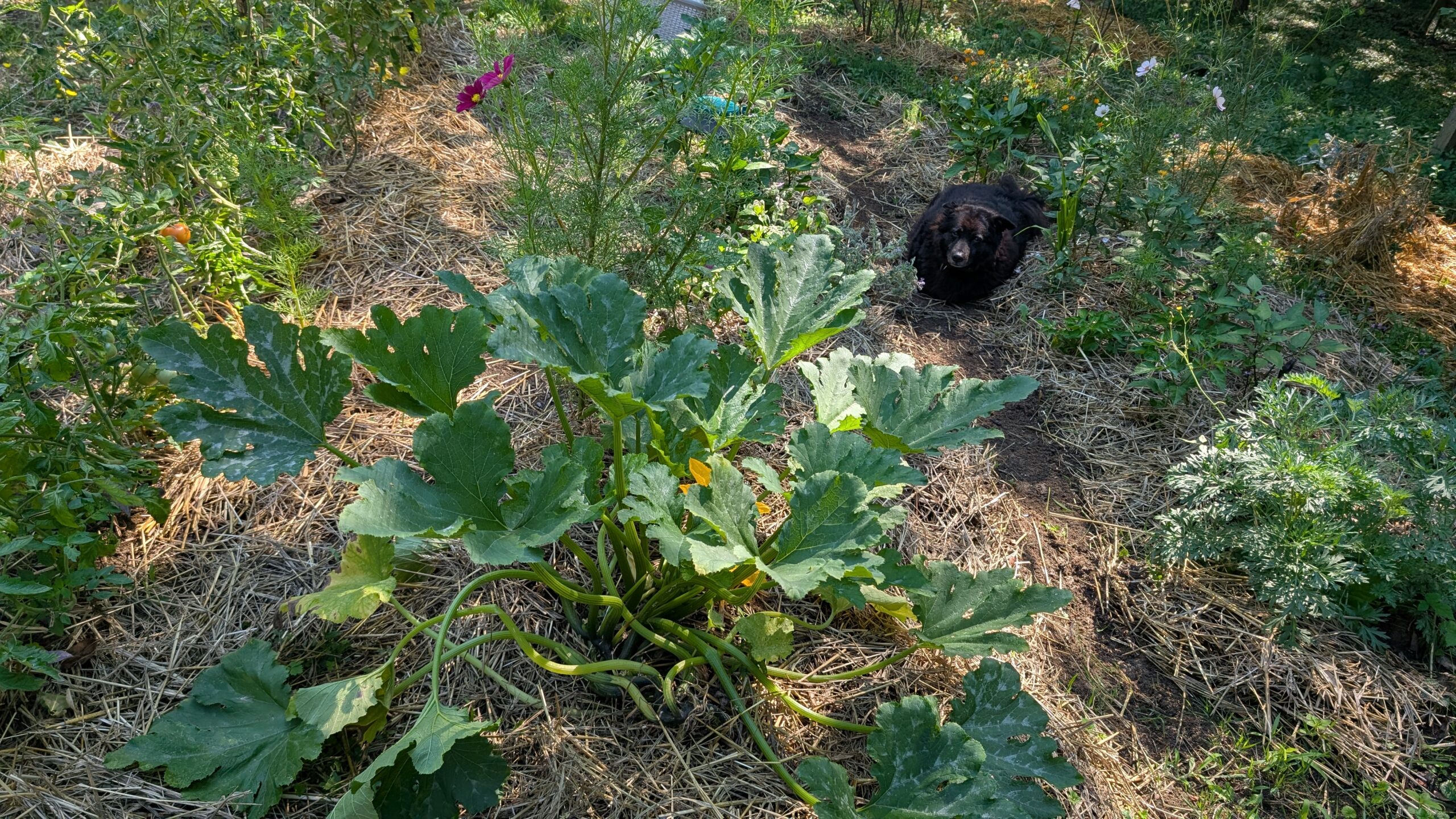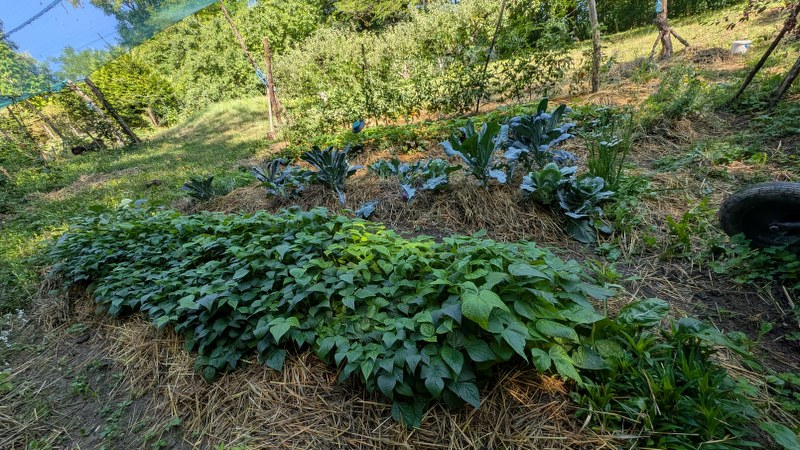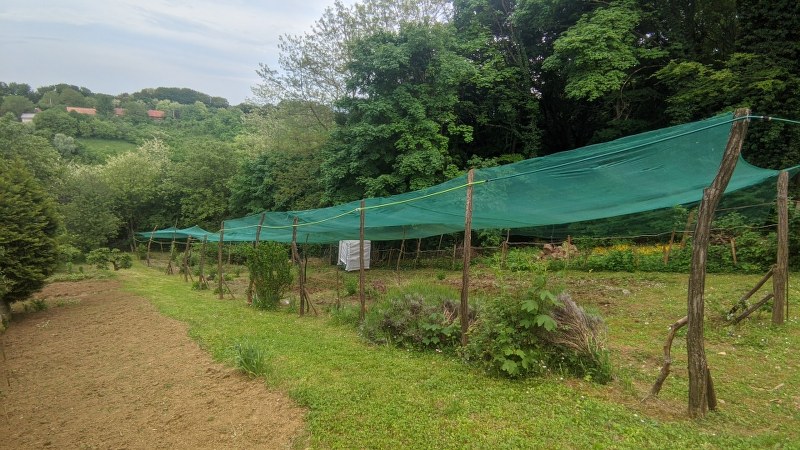Every gardener sometime in his gardening years comes across a problem with pots. There are never enough pots in the shed, when you have enough small ones the big ones magically disappear. You find yourself in a situation where you constantly buy pots and there is never enough. When you’re a gardener that sows his own seedlings the trouble is even bigger. There is never enough room for your pots, when you buy small pots the plants outgrow them in a very short period so you have to buy bigger pots and transplant them before transplanting to the garden. Bigger pots mean even less room so you’re struggling to find a perfect size. In the end, you spend lots and lots of money on pots you hardly ever use.
There is a way to help yourself with this problem because anything can be a seedling pot. All you have to do is upcycle your garbage. You just have to find a perfect one for each plant. Sure you won’t have completely equal pots, they will be different, but you won’t spend extra money.
Over the years I have used many different things like a pot. Boxes of milk, yogurt cups, veggie baskets, paper, cardboard, egg trays, old pots, basically anything that has a hole I’ve tried as a pot. During this time I found my favorite things which I continue to use, while other things I’ve given up on using due to the problems with space, growing issues or there was just something I didn’t like about them. Here is a list of the things I’ve used and my opinions about the used stuff which can be helpful to decide what are the best pots for you.
1) Round plastic plant pots
PROS: free, thin plastic that can be cut
CONS: big holes at the bottom, the round shape takes too much space
This is the pot that we’re all most familiar with, each time you buy a small plant it comes in this kind of pot, they are round with a smaller bottom and a wide top and made from bendable plastic. They aren’t too firm, they can easily break when used and most of them have huge holes in the bottom. They take a lot of space, mostly because of their round shape so if you have limited space they will be a problem. Also, the big holes in the bottom let out fine substrate so they have to be filled with clay balls or with some kind of fabric. Of course, this automatically shortens the substrate place and prevents roots from getting out so there is a big chance you will have to transplant your plants. The good thing is that the plastic isn’t thick so you can easily cut it if needed, but if you wish to save your pots for next year it’s better not to sow delicate plants in them because they will break easily when you try to transplant them.
I use them only for flowers that can be left to grow outside and the ones that are not too delicate like zinnias and marigolds. Also, bigger pots can be used to grow watermelons, but they are too small for zucchinis which grow twice as fast as watermelons.
2) Yogurt and pudding cups
PROS: quickly collected, good size for many plants
CONS: round shape, firm plastic
Yogurt and pudding cups are also one of great products for your seedling pots. If you eat yogurt you will quickly collect enough cups for your seedling. The issue with the drainage is easily fixed by drilling holes in the bottom. The quickest way is heating a piece of metal(a wire) with a lighter or on the stove and drilling the holes on the bottom. With one heated wire, you can easily drill dozens of holes on many cups. They come in many different sizes so there are many things that can be sown in them. From the small cups to the big 1 liter ones that can be used even as the permanent pot of vegetables with short roots.
The downside to this kind of pot is again space, they take less space than the plant pots but still, they are round and are difficult to stack next to each other. Especially the big ones that have big holes between them. A good way to solve this is to place big ones one by one and placing small ones in the holes.
Another problem with this kind of pot is that the plastic is thicker than the plant pot one. It will be more difficult to cut. Especially the one on the xl cups that has a thick circle on the top which is difficult to cut.
I used to use big ones for tomatoes but they take way too much space. I still use small ones for my brassicas. They are the perfect size to have 2 seedlings in one cup.
3) Cardboard/paper pots
PROS: easily made, don’t take too much space
CONS: too much water can make them rot
Cardboard pots are something that can be made at home, the best things to use are old TP rolls or cardboard milk packages, some say that the ones with the aluminum foil shouldn’t be used, but I disagree. They can be used but they have to be recycled after. One milk box can be used for two seedling pots if cut in half and they are great sizes for everything. TP rolls can be used to sow smaller vegetables. They can easily be broken when transplanting and won’t cause a problem if there are more plants in one box. The roots can break through them.
The paper ones can be made in the size you need. The downside to this kind of box is that they can easily rot or get infected by fungus so they could possibly be a danger for your seedlings. The paper and cardboard ones could potentially be transplanted in the garden together with the plant, but there is a risk of them staying whole and you’ll be forced to pull them out of the soil before sowing or planting something else.
I used to use TP and paper ones but gave up a few years back due to the fungal infections that were spreading in my paper pots. The milk boxes I still use when I don’t have enough room for my tomato seedlings.
4) Egg tray containers
PROS: many small containers in a small space
CONS: too small containers
Egg tray containers are a matter of personal liking. They can be great for starting your seeds, especially cardboard ones, but they will require almost immediate transplanting which I’m against. Still, some people might like them to start their plants. The plastic ones can be a good way to have some quick spring onions from bulbs because they won’t take too much space and they don’t require too much soil.
Other than that the amount of soil that can be placed in them is just too small.
5) Plastic mushroom/fruit containers
PROS: perfect shape, holes in the bottom
CONS: plastic can be thick, need a lot of soil
Plastic fruit containers are something that can be easily gathered if you buy lots of fruits over the year. They can be used for many years so even if you don’t gather too much in a few years you will have enough. They are good shape, can easily be stacked next to each other, even squeezed a bit won break, and will give room for one extra pot. They can have more than one plant in them so they are a perfect way to have many plants with large roots in one place.
The downside is, of course, they are plastic, but this way they can serve more than once and still be recycled in the end when you don’t need them anymore.
I use them mostly for my peppers, there is plenty of room for 6-12 seedlings depending on the variety that is in the container.
6) Non-woven seedling bags
PROS: Take very little space, can be transplanted directly in the garden, roots can grow out of the bag, won’t retain too much water
CONS: not stable, can easily fall down
Non- woven seedling bags are something I have discovered recently and I’m absolutely thrilled about. For me, they are everything that I need in my nursery and the biggest plus is that they are cheap and can be placed directly in the garden. As this is something fairly new and I have been asked many times about them I made a separate post just about them which can be read here.
These are the solutions I have tried and used, there are also some other solutions like the jiffy pots, but they are really expensive here and I’ve used only a few pieces so I can’t really say if they are good or bad and what are their pros of cons. The ones that are listed here I have used for many years and tested out many times so their pros and cons aren’t the result of a bad or good year but the result of the pot itself.












Leave a Reply